During the Wei and Jin dynasties, the name of the "slave" named "slave"
Author:Ancient cultural common sense Time:2022.09.26

Women in the costume film and television drama are commonly claimed to be "slaves". Is there a historical basis? This is certainly there, but the evolution used by "slaves" to title is somewhat different from what we understand.
Slave first refers to slavery, and the word creation is a woman who grabs a woman with one hand. Later, the male slave became a slave, and the female slave became a concubine.
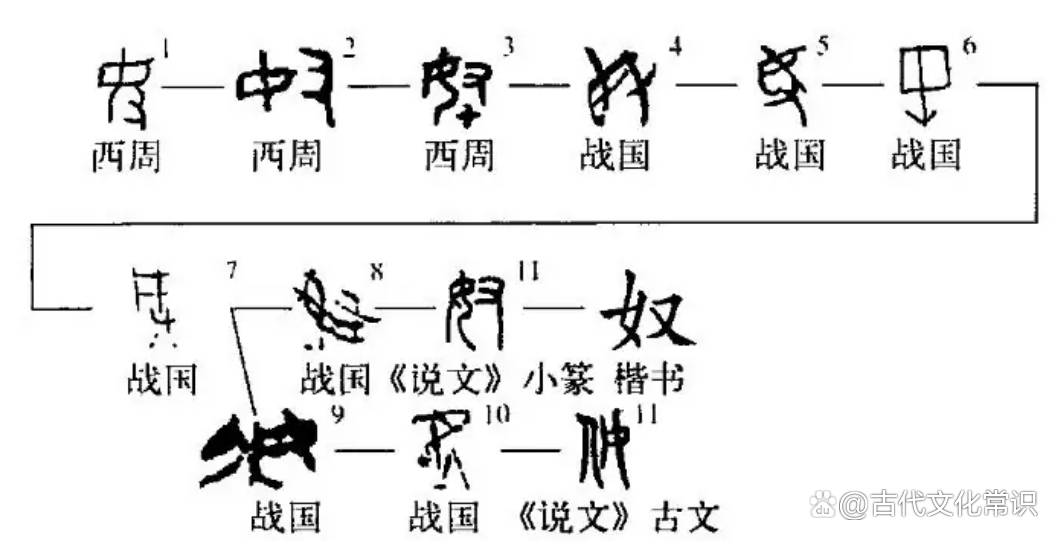
We first removed the understanding of the word "slave" in the Manchu period and look at the development and changes of "slave".
"Slave" initially referred to as slaves, but with the changes in history, the "slave" gradually produced emotional colors such as "cute" and "help" after the Wei and Jin dynasties.
It is important to investigate the accurate cause of this situation. I am afraid that professionals need to be explored. The celebrities of the Wei and Jin dynasties like to use the "slave" as one of the reasons.
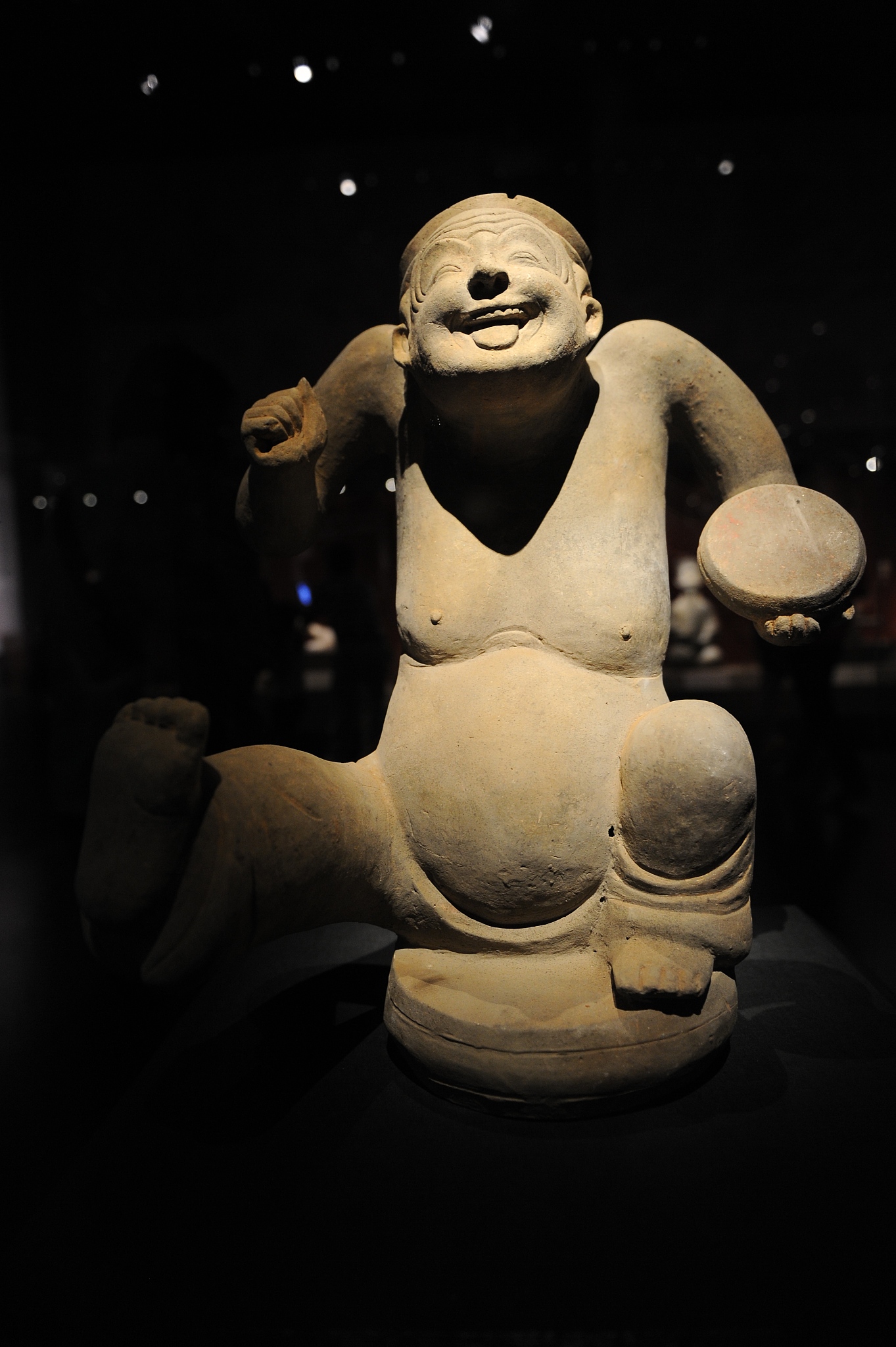
Used for fingers.
Flying slaves
Refers to pigeons. This name is recorded in "Historical Records". On the occasion of Qin Shihuang, Wei Guo pretended to surrender and sent people to Xianyang. Later, they were discovered that they secretly passed the intelligence to Wei Guo. In the anger, Xunzheng grabbed all the pigeons of Quanxianyang and ate it. After his unification of the world, there was a "flying slave" in the national banquet, which was a pigeon banquet.
Flying, it can help the owner to do things. But this lacks "emotional colors".
Candle slave
It was originally a carved adult -shaped candlestick, and later refers to the candlestick. This is the name of the Five Dynasties "Kaiyuan Tianbao". Provide services to the owner, and it is a humanoid. It is also very appropriate for "slave", but still lacks "emotional colors".
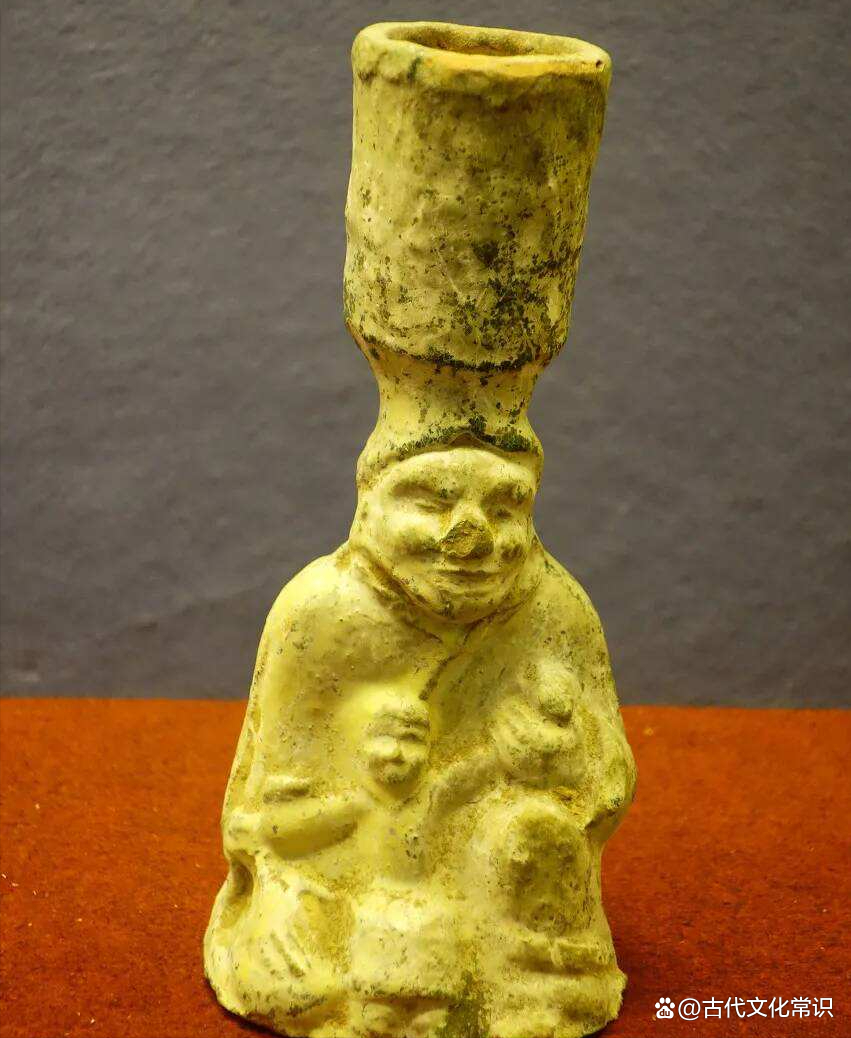
Wooden slave
Originally refers to citrus, later refers to citrus trees, and then refers to fruit trees. Starting from "Three Kingdoms". This is a bit of emotional color. After all, the gift of nature brings to people. Du Fu Poetry: Fang Tong Chu Ke pity the tree, and did not learn Jingzhou Limu.
Dairy slave
Refers to tea. During the Northern and Southern Dynasties, the Central Plains liked to drink tea, while the Northern Wei people did not have this habit. They liked cheese. So they joked that tea was a couple slave. This has emotional colors, and the tea is degraded and raised the cheese pulp. However, this title was later spread, but the "slave" slave's meaning was banned.
Bamboo slave
It is also a kind of daily necessities. What will it be blindly guessing?
Bamboo battle? Not.
It is a Chinese folk summer cooling appliance. It is a cylindrical product prepared by bamboo. People often use bamboo mats in Jiangnan summer, and then put this "bamboo slave" on the bed to cool down the summer. Bamboo slaves can embrace or rest. Also called Mrs. Zhu. There are many poems that praise "Bamboo Slave" in ancient poems in the Tang and Song dynasties. It can be seen that Jiangnan literati loves it.
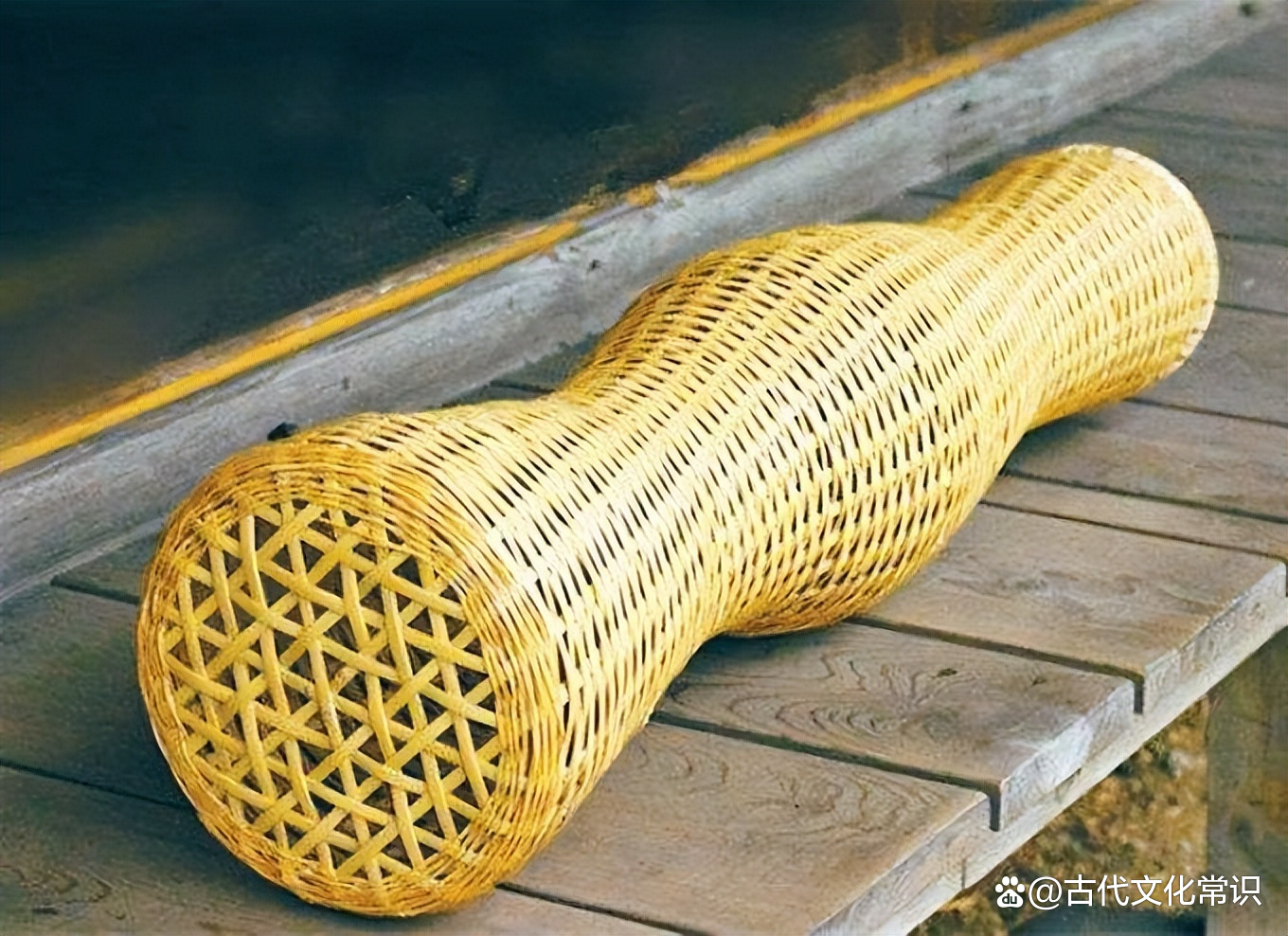
Tin slave
Refers to Mu Tang. We are more familiar with this, which is the prototype of modern hot water bottle. The difference is that there are no plastic and rubber in ancient times. The material of the soup is usually tin or copper or ceramic. In contrast to Mrs. Zhu, it is also called Mrs. Xi.
Raccoon slave
Refers to cats. In the Song Dynasty "Yutang Gossip", there is a way. This is obvious with cute emotional colors.
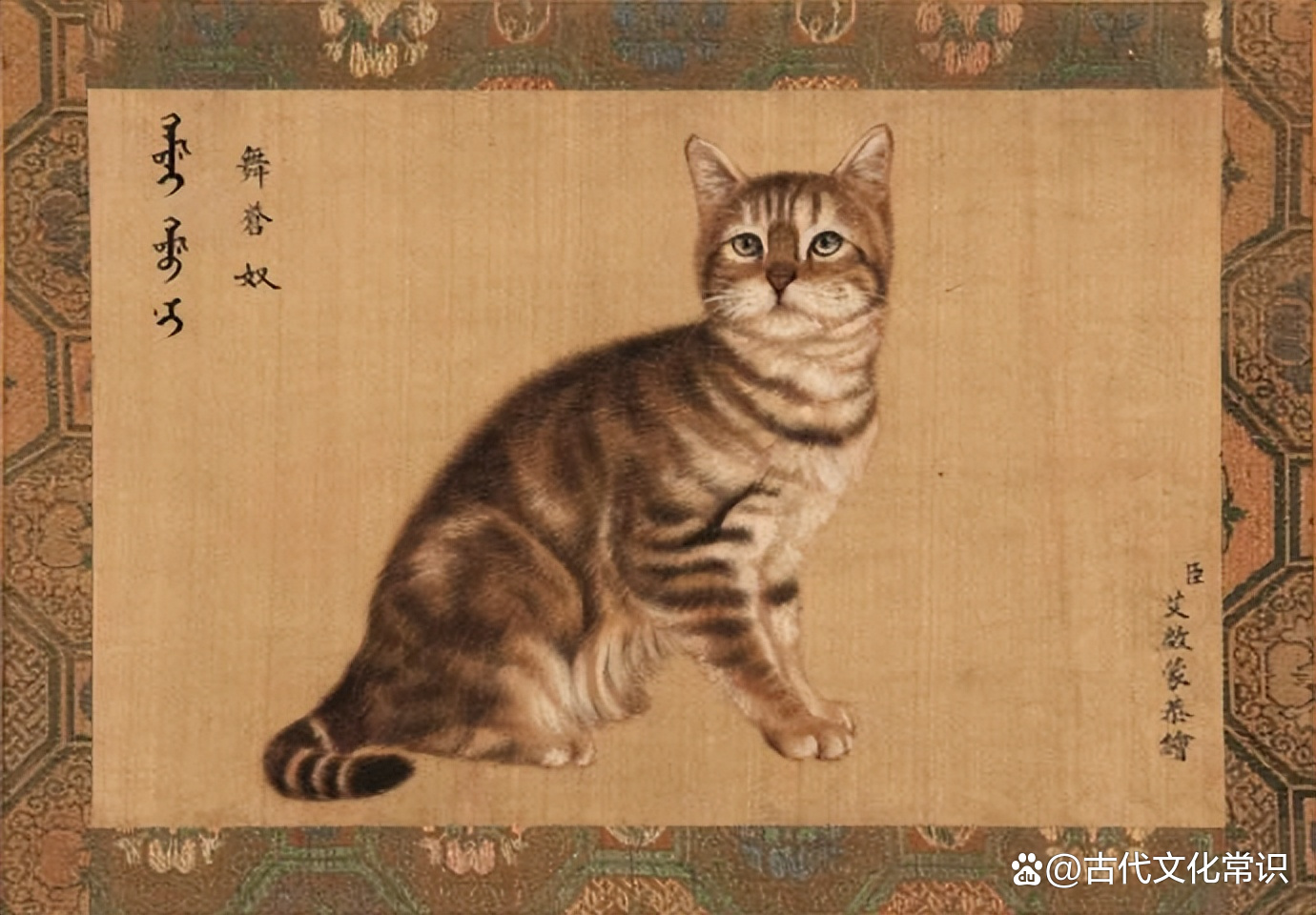
Used to refer to people.
Slavery
For people, the most famous thing should be the famous master of the Tang Dynasty, and the word "Niannu Jiao" is from her.
Tan slave
Women's nickname to her husband or love. The origin of this title is because the handsome guy Pan Anxiao is called "Tan Nu". Pan An is handsome and loyal to his wife, and gradually becomes the perfect lover and husband's image in the minds of women. "Tan Nu" became synonymous with the husband or heart.
Slavery
Liu Song's founding emperor Liu Yu's milk name. Xin Qiji "Yong Yu Le · Jingkou Beigu Pavilion Huai Gu": "The grass tree, ordinary lanes, and humanitarian slaves lived." "Steel" refers to Liu Yu.
Yellow slave
The last emperor of Chen in the Southern Dynasties, Chen Shubao, a young named Huang Nu.
Official slave
Eastern Jin Dynasty calligrapher, painter, poet, Wang Xianzhi Wang Xian's young official slave.
Spinn
The nickname of Ran Min, the founding emperor of the Eastern Jin Dynasty.
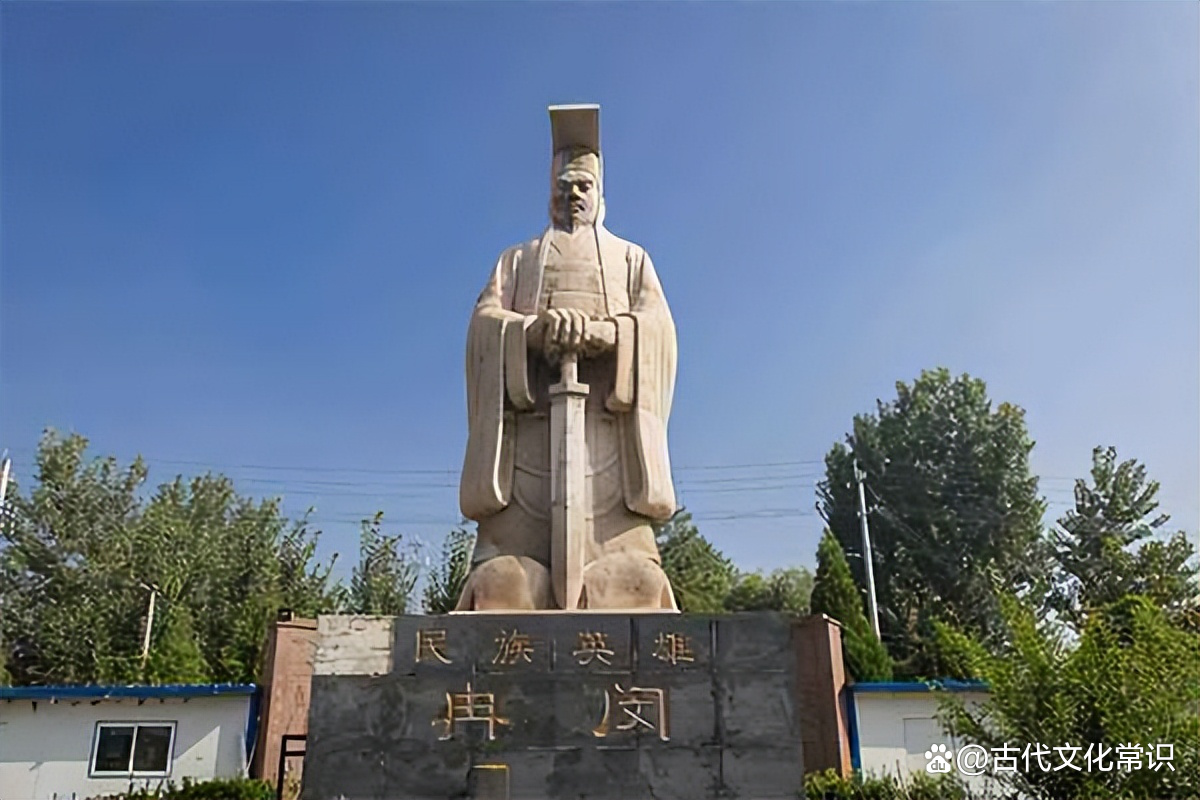
Asu
There were too many celebrities named "Au" during Wei Jin.
The brothers of Zhou Mo and Zhou Zhongzhi of the Jin Dynasty used Au to make a nickname.
Emperor Qi Zhaoye is named Au.
Eastern Jin Dynasty famous Wang Meng named Au.
Eastern Jin Dynasty calligrapher Wang Tian Xiaoxiao Au.
The point is, Xie An is also known as Au. This title comes from Xie An's name Xie Yi.
Xie An is an iconic figure in the history of culture, and Li Bai's pursuit of Xie An is particularly strong. Coupled with the Sima Guang, and later the cultures of Su Shi, Su Zhe, Huang Tingjian, Zhu Xi and other cultures, everyone's high evaluation of Xie An made Xie An's status in cultural history soaring.
Judging from the situation at the time, adding a "slave" to the small name during the Wei and Jin Dynasties was probably equivalent to the current "treasure", such as "Yingbao", "Ba Bao" and "Jingbao".
Until the Qing Dynasty, the application of "slave" in terms of title was still smoothly developed. It was not a particularly taboo word for daily taboos, and gradually produced the emotional colors of "cute". As for people, people are particularly taboo now, and have a greater relationship with the last feudal dynasty in Chinese history.
- END -
Treasure: How did the Ottoman Empire perish?
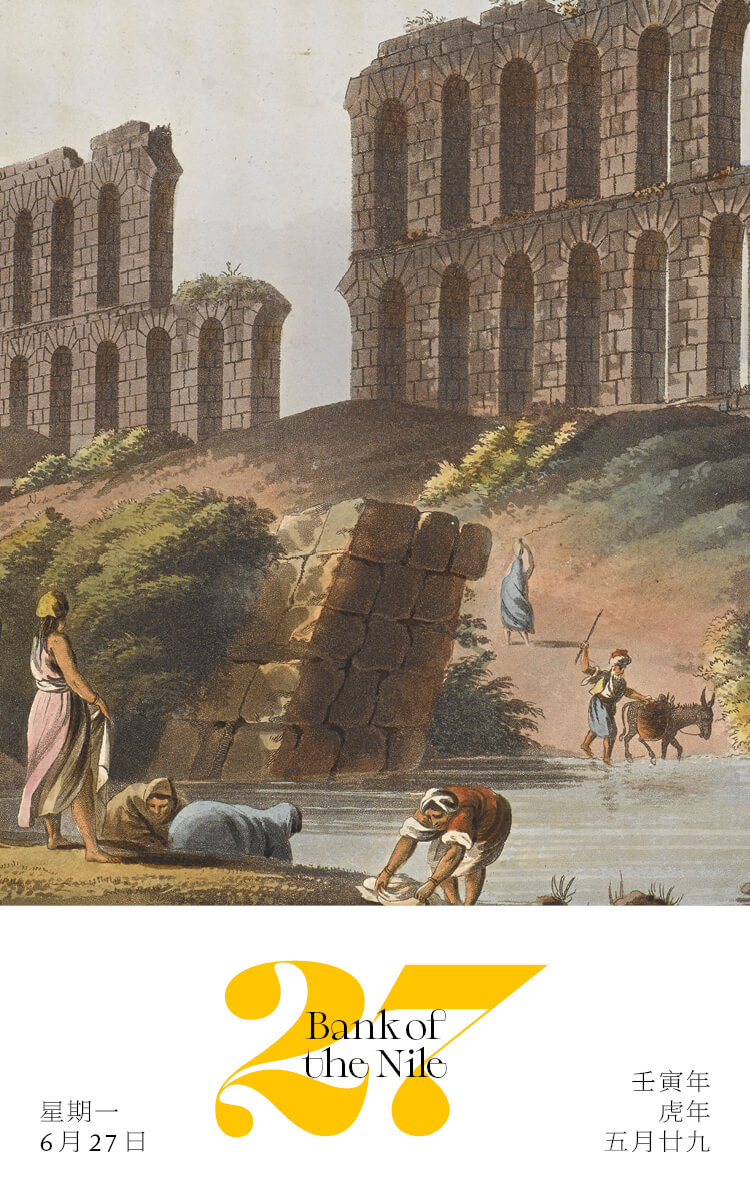
Zhanlu's collection calendar, a civilized treasure every day, customize your exclu...
State Grid Shandong City Power Supply Company: Building a safe and clean "firewall" to deal with the "double peak"
All departments must be tight and strictly strictly stringed, strictly adhere to the integrity, each responsibility and common management, effectively deal with the double peak of temperature and pow